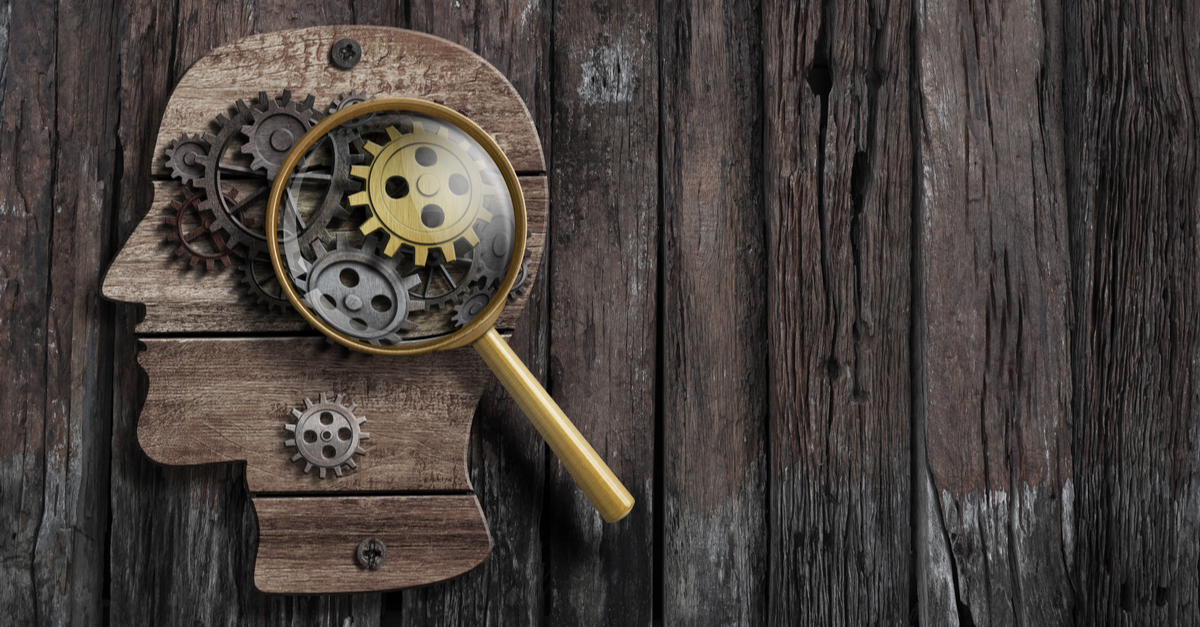 Dr. David Fawcett
Dr. David Fawcett
Recovery from any addiction requires close management of triggers and cravings which, unless properly managed, can quickly spell disaster for recovery. A trigger is a stimulus that sparks a craving. A craving is a brain-based phenomenon resulting from neurotransmitters, often dopamine, creating a strong urge to use drugs or otherwise act out in an addictive manner. Cravings can be extremely powerful, and unless you are prepared to manage them proactively, they can undermine your recovery.
There are several different kinds of triggers that can, if left unchecked, lead to cravings.
The first type of trigger is comprised of any pattern related to the addiction such as places, things, times of day, significant events, and even sexual arousal.
The second kind of trigger is social, meaning people or groups of people. I’ve known clients who walk into a crystal meth anonymous (CMA) meeting and are triggered just by the other men in the room. Caution concerning patterns of places and things along with concerns about certain people is captured in the popular program slogan “people, places, and things.”
The third kind of trigger is strong emotions. It is important to note that while negative emotional triggers are clearly dangerous, positive feelings such as a promotion or a marriage or the birth of a child can also result in triggers and cravings. Addicts have a difficult time managing any strong feelings, whether positive or negative.
The final category of triggers is physical withdrawal. Certain drugs such as alcohol and opioids create a physical craving for the drug with the goal of simply feeling normal again or making the discomfort of withdrawal go away.
It is important to note that the most dangerous triggers are those that cut across categories, such as the case of a chemsex addict using stimulant drugs in conjunction with sex, often to numb uncomfortable feelings. In that case, there may be multiple categories of triggers involved, making triggers and cravings more difficult to manage.
There are several ways to manage triggers and cravings. Here are a few:
- Avoid them. It is important to simply avoid dangerous triggers and cravings when possible. One way to do this is to stay busy with activities you enjoy, such as painting or reading. It is common knowledge that boredom or unstructured time can be very risky for an addict. Another way to avoid triggers is to undertake physical exercise, which has the dual benefit of improving and stabilizing mood and actually healing the brain from some of the damage inflicted by addiction. Other aspects of self-care that are useful for avoiding triggers include eating healthy foods and spending time with people who are positive influences in your life.
- Change your thinking. Addicts are often their own worst enemy when it comes to avoiding and managing triggers and cravings. You can improve the strength of your recovery by becoming aware of your thought patterns and changing them. Negative thinking will lead you down the wrong path. For example, if you find yourself thinking negative thoughts, it’s useful to refocus on desirable aspects of your life: your garden, your partner, or even your dog. Gratitude is a powerful tool that can quickly change your negative thinking. It’s also important in terms of changing thinking to remember that all cravings will pass as long as you do not grab them when they’re at the height of their power. At those moments, it feels almost unbearable not to respond to them. Let them come and go. Finally, in terms of changing thinking, it’s useful to keep a journal to track your triggers, thoughts, and feelings so you can become aware of any patterns that should be addressed.
- Create a relapse prevention plan. One of the key elements in preventing relapse for any addiction is the creation of a plan in which difficult situations are identified and strategies to deal with them are created in advance. Anyone who has experienced the intensity of a strong trigger knows that their ability to think is reduced and clouded. Therefore, it is essential that you identify high-risk situations in advance and create strategies to deal with them. Basically, this is problem-solving before the problem occurs. It’s useful to discuss relapse prevention plans with your sponsor, support network, or therapist. Finally, an essential part of any relapse prevention plan is to feel the feelings that so many addicts avoid. If you can learn how to feel those emotions, express them adequately, and release them, the quality of your recovery will be much improved.
* * * * * * * * * *
If you or someone you care about is struggling with sex, porn, or substance/sex addiction, help is available. Seeking Integrity offers inpatient treatment for sex, porn, and substance/sex addicts, as well as low-cost online workgroups. At the same time, SexandRelationshipHealing.com offers a variety of free webinars and drop-in discussion groups, podcasts, and more.
